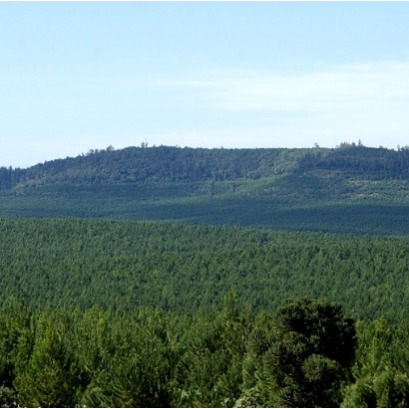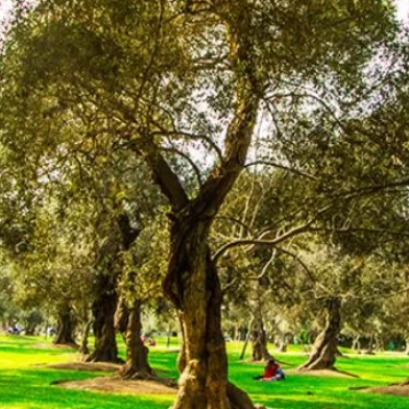
El 10% de las especies del planeta se encuentran en una reserva natural de Ecuador
A 270 kilómetros de Quito, en lo más profundo de la Amazonía ecuatoriana, el Parque Nacional Yasuní
A 270 kilómetros de Quito, en lo más profundo de la Amazonía ecuatoriana, el Parque Nacional Yasuní da refugio a una de las mayores reservas de especies de todo el planeta, una parte de cuya biodiversidad sale a la luz en un nuevo libro fruto de dos décadas de investigaciones
Ubicada en la región oriental del país, con severas restricciones de acceso para proteger este exclusivo entorno, el Yasuní es hogar de un millón de especies, según los expertos.
El 80 por ciento de las especies del Parque todavía no tienen ni nombre científico (...) y aún hay mucho por hacer",aseguró a Efe Kelly Swing, director de la Estación de Biodiversidad Tiputini (EBT), que comenzó sus trabajos a mediados de los noventa.

IT MAY INTEREST YOU
 Free seminar on the implementation of the European EUDR regulation on deforestation-free wood products
Free seminar on the implementation of the European EUDR regulation on deforestation-free wood products
The Argentine Forestry Association (AFoA) organizes the seminar «EUDR in Forest Products: Current status of implementation. Regulatory requirements and private experiences", which will take place on Wednesday, November 26, from 11:00 a.m. to 12:00 p.m., via Zoom, with live streaming on YouTube. The European Regulation on Deforestation-Free Products (EUDR) will enter into force on December 31, 2025 and will impose new requirements for forest products entering the European Union market.
 Native forest | In Misiones, controls are tightened on routes for illegal transport of native wood, logging of forests without permits and fraudulent digital guides
Native forest | In Misiones, controls are tightened on routes for illegal transport of native wood, logging of forests without permits and fraudulent digital guides
Informality in forestry activity in Misiones was once again evident, the culture of operating illegally is a historical problem, and the Ministry of Ecology and Renewable Natural Resources carries out the corresponding control and inspection operations in the regulation of productive activity and sustainable management for the use of native forests.
 The city in South America that breathes thanks to a thousand olive trees planted in the 17th century
The city in South America that breathes thanks to a thousand olive trees planted in the 17th century
In the heart of South America there is a city that, among the noise and concrete, still breathes thanks to an olive forest





















